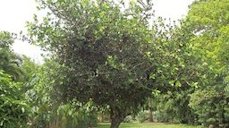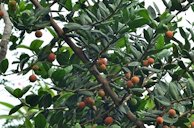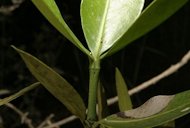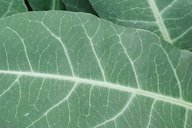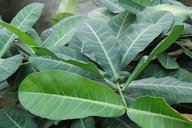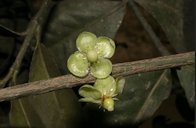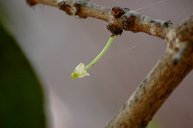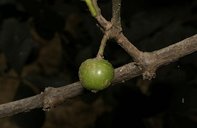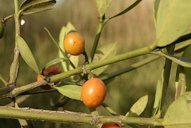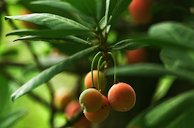| Imbe, African Mangosteen - Garcinia livingstonei | |||||||||||||||||||||||||
|---|---|---|---|---|---|---|---|---|---|---|---|---|---|---|---|---|---|---|---|---|---|---|---|---|---|
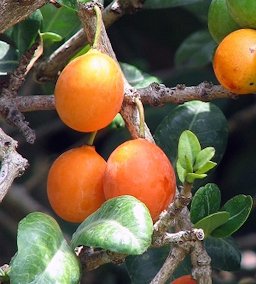 Fig. 1  Ripe fruits and foliage of Garcinia livingstonei (also called imbe) 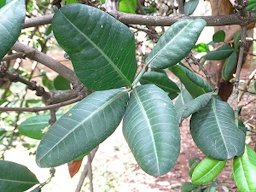 Fig. 5  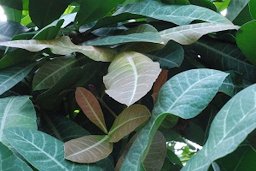 Fig. 6  New reddish leaves, G. livingstonei 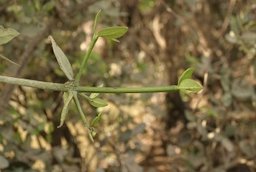 Fig. 7  G. livingstonei, leaf growth habit 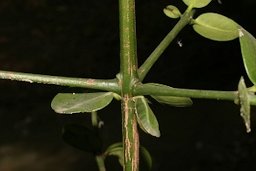 Fig. 8  G. livingstonei, Mali, Piama, Galerie du Banifin 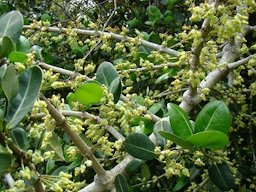 Fig. 13  Flowering branches 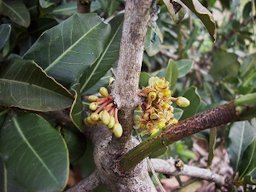 Fig. 14  Close-up of female flowers 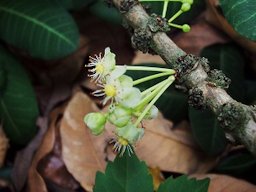 Fig. 15  Close-up of male flowers 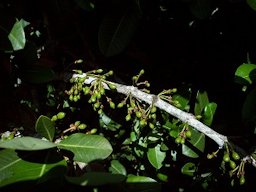 Fig. 18  Emergence of young fruit 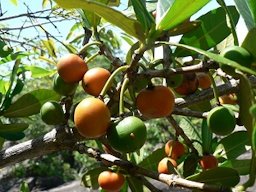 Fig. 19  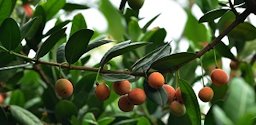 Fig. 20  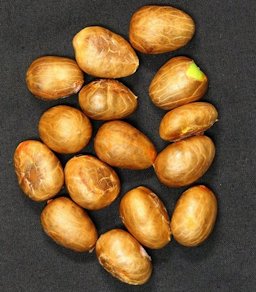 Fig. 24  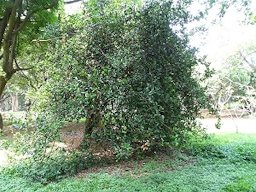 Fig. 25  African mangosteen (G. livingstonei) seen in Cubbon Park Bangalore 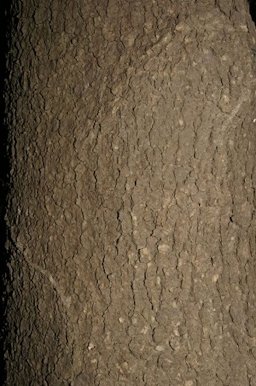 Fig. 26  G. livingstonei, Mali, Piama, Galerie du banifin 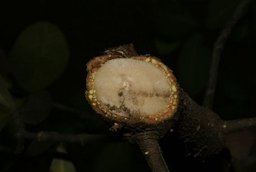 Fig. 27  Cross section of a branch 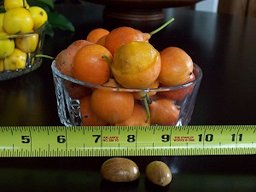 Fig. 28  Bowl of G. livingstonei fruit 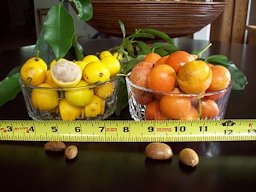 Fig. 29  Lemon drop mangosteen on the left and imbe on the right |
Scientific
name Garcinia livingstonei T. Anderson Common names English: African mangosteen, wild plum, wild mangosteen, lowveld mangosteen; Swahili: mutumbi, mpekechu 2 Synonyms Garcinia livingstonei var. pallidinervia Engl. 3 Relatives Bakupari (G. brasiliensis); bakuri (Platonia insignis); bacupari (G. gardneriana); cherapu (G. prainiana); bacuripari (G. macrophylla); Cuban mangosteen (G. aristata); gamboge (G. xanthochymus); imbe (G. livinstonei); lemon drop mangosteen (G. intermedia); madroño (G. madruno); also called madroño (G. magnifolia); mameyito (G. edulis) 5 Family Clusiaceae (St. John’s wort family) alt. Guttiferae Origin Mozambique, Zimbabwe Northern Botswana Uses Eaten fresh; landscape specimen for it's unusual form; container culture because of it's slow growth 1 Height 15 ft (4.6 m) Spread 15 ft (4.6 m) Crown Dense, spreading or conical 2 Plant habit Small evergreen bush/tree Growth rate Slow grower Trunk/bark/branches Lateral branches at right angle to the trunk; trunk short, often twisted, occasionally multistemmed 1,2 Leaves Evergreen; stiff; leathery; dark green glossy above and dull pale green below 2 Flowers Male and androgynous, on separate plants Fruit Drupe type; oblong; smooth; orangy-red; pleasant, acidic, sweet flavor Season June 5 Light requirement Full sun; tolerates light shade 5 Soil tolerances Grow best on acid soil; in alkaline soils may develop nutritional deficiencies, particularly zinc 1 pH preference 5.5-7.5 Drought tolerance Tolerant, water for optimum fruit production Aerosol salt tolerance Good tolerance, can be used close to salt water 1 Soil salt tolerance Somewhat tolerant 5 Cold tolerance Cold hardy to 26 °F (-3.3 °C) Invasive potential * None reported Pest resistance Fruit flies can become a problem 5 Known hazard None Reading Material The Imbe, University of Florida, Palm Beach Extension Garcinia livingstonei, Agroforestree Database African Mangosteen, Garcinia livingstoneii, Fruitipedia There are over 250 Garcinia species, mostly from southeast Asia. Garcinia species from the Americas were once classified as Rheedia, but now all are considered Garcinia. Sorting Garcinia Names, Multilingual Multiscript Plant Name Database, University of Melbourne, Australia ext. link Origin The African mangosteen is widespread in the warmer parts of Africa, from just north of Durban as far as Somalia and Guinea. 4 Description This small tree of east Africa bears an edible plum like fruit. Although the trees may reach a height of 15 to 20 feet, they are usually lower and have several trunks, which arch away from the main axis and produce a number of short, thick, side branches. The trees are often used as landscape subjects because of their unusual form. An evergreen small tree with interesting branching pattern, with three lateral branches being produced at right angles to the trunk at each node (Fig. 9), oddly shaped growth habit makes it valuable more for a landscape curiosity than just for its fruit.
Fig. 3. Male G. livingstonei Fig. 4. Note the structural habit of the plant Leaves Leaves simple, in whorls (verticils) of 3, stiff and leathery or brittle, variable in shape, sometimes with a slightly wavy edge; dark green and glossy above, dull and pale green below. 2
Fig. 9. G. livingstonei leaf habit Fig. 10. New growth Fig. 11. Close up of the upper leaf surface Fig. 12. The leaves arrangement on the stem Flowers Flowers white or pale to yellowish green, 6-14 mm diameter, borne in small groups in axils of older branches. Male and female flowers normally separate, but with some bisexual flowers. 2
Fig. 17. African Mongsteen. Flower of G. livingstonei from Clusiaceae. Very rare in cultivation in India. The fruits are bright orange in colour, single seeded and edible with a sweet yet acidic taste. Fruit The fruit ripens to a bright orange color and is gone in 2 weeks. It measures 1.5 to 2 inches in length and 1 to 2 inches in diameter. While usually 1-seeded an occasional fruit produces 2 seeds. A thin layer of acid-sweet watery pulp surrounds the seed. The rather tender skin tends to prevent packing and shipping of the fruit, but it deserves to be more widely cultivated as a home fruit. Seeds creamy brown. 2
Varieties There are some varieties that have smaller seeds and more edible pulp, but no named varieties or selections are available at local nurseries. 1 Pollination Imbes have separate sexes, so this means you have to have both a male and a female tree for good fruit production. Isolated female trees sometimes produce a few fruit, but they are quite small and for optimum production it's always best to have a male tree or a male branch grafted onto the female tree. 1 Propagation Trees are easily propagated by seed, but because of the slow growth often are less than a foot high even after one year's growth. It usually takes five to six years to reach fruiting age. Superior varieties can be grafted onto seedling rootstocks and this is the method most people use to get earlier fruiting. 1 By seed, air layering and grafting Fertilizing Trees should be fertilized every three to four months with a complete fruit tree fertilizer. If you have young trees or container plants, these can be fertilized every other month to help speed their slow growth. 1 Pest/disease There are few pests of diseases of imbe, however, during the period of fruit ripening fruit flies may become a problem in some years. 1 Caribbean Fruit Fly, Anastrepha suspensa (Loew), University of Florida pdf Food Uses Besides fresh eating the pulp makes an excellent jelly or jam and can be used for fruit leathers, milkshakes and ice cream. 1 The juicy fruit pulp is acid-sweet, pleasant tasting and refreshing. Fruits are eaten raw or cooked with porridge.They are rich in carbohydrates (mainly sugars) and have moderate mineral content. 2 The fruit is also crushed like grapes to create a drink. Indeed, fermented beverages are sometimes prepared. One of these is a purplish, claret-like wine; another is a liqueur made by soaking the fruits in alcohol and thickening the extract with syrup. 7 Medicinal Properties ** Extracts from flowers and leaves have antibiotic properties. Infusion made from roots used to treat abdominal pains during pregnancy and after giving birth. Fruit used to treat mumps. 2 The tree is used in traditional medicine, and in particular the powdered root is used as an aphrodisiac. 4 Other Uses G. livingstonei is the source of Guttiferone A. The Guttiferones are polyisoprenylated benzophenone derivatives that inhibit the cytopathic effects of in vitro HIV infection. 2 Ornamental: The stiff, unsymmetrical growth and the grey-green stiff foliage give the tree an unusual and striking appearance. 2 General The genus is named in honor of Laurent Garcin (1683–1751), a french naturalist and botanist who lived and worked in india. The imbe is the most important of about 15 african garcinia species with edible fruits. 6 Other Edibles Garcinia species: Achacairu, G. Humilis Bacuripari, G. macrophylla Bakupari, G. brasiliensis Cherapu (button mangosteen), G. prainiana Gamboge (false mangosteen), G. xanthochymus Lemon Drop Mangosteen, G. intermedia Madrono, G. madruno List of Growers and Vendors |
||||||||||||||||||||||||
| Bibliography 1 Joyner, Gene. "The Imbe." UF/IFAS Palm Beach Extension, EDIS, edis.ifas.ufl.edu. Accessed 2 Feb. 2015. 2 Orwa C, et al. "Garcinia livingstonei." Agroforestree Database: a tree reference and selection guide, version 4.0., 2009, Agroforestry, apps.worldagroforestry.org/treedb2/speciesprofile.php?Spid=18041. Accessed. 28 Jan. 2017. 3 "Garcinia livinstonei synonym." The Plant List (2010), Version 1, theplantlist.org. Accessed 30 Jan. 2017. 4 Parmar, Chirankit. "African Mangosteen, Garcinia livingstonei." Encyclopedia of the Edible Fruits of the World, Original May 2008, Revised 2013, Fruitipedia, fruitipedia.com. Accessed 30 Jan. 2017. 5 Boning, Charles R. Florida's Best Fruiting Plants- Native and Exotic Trees, Shrubs, and Vines. Sarasota, Pineapple Press, 2006. 6 Blancke, Rolf. "Tropical Fruits and Other Edible Plants of the World: An Illustrated Guide." 2016, Zlibrary, b-ok.cc/book/3414166/f1bf9d?dsource=recommend. Accessed 29 Apr. 2021. 7 "Imbe." Lost Crops of Africa: Volume III: Fruits, National Academy of Sciences, 2008, Zlibrary, 1lib.us/book/11046215/bd8cbe. Accessed 29 Apr. 2021. Photographs Fig. 1 Hind, Christopher. "Ripe fruit and foliage of Garcinia livingsonei." Wikimedia Commons, 2006, Public Domain, commons.wikimedia.org. Accessed 2 Feb. 2015. Fig. 2 Birnbaum, Philippe. "Garcinia livingstonei T. Anderson tree habit. Mali, Diassa, Galerie du Baoule, Madina." West African plants - A Photo Guide, Brunken, U., Schmidt, M., Dressler, S., Janssen, T., Thiombiano, A. & Zizka, G., Forschungsinstitut Senckenberg, Frankfurt/Main, Germany, 2006, 2008, www.westafricanplants.senckenberg.de. Accessed 29 Jan. 2017. Fig. 3 Sample, Jane. "Male Garcinia livingstoneii." Accessed 30 Jan. 2017. Fig. 4,20,23,24 Cerlin Ng. "Garcinia livingstonei." Flickr, 2015, (CC BY-NC-SA 2.0), flickr.com. Accessed 30 Jan. 2017. Fig. 5,25 Forestowlet. "African Mangosteen (Garcinia livingstonei) seen in Cubbon Park Bangalore." Wikipedia, 2016, (CC BY-SA 4.0), www.wikipedia.org. Accessed 29 Jan. 2017. Fig. 6 qgroom. "New leaves of Garcinia livingstonei." Flickr, 2011, (CC BY 2.0), www.flickr.com. Accessed 2 Feb. 2015. Fig. 7,9,22 Birnbaum, Philippe. "Garcinia livingstonei T. Anderson. Mali, Bankoumana, Foret de Kourousale." West African plants - A Photo Guide, Brunken, U., Schmidt, M., Dressler, S., Janssen, T., Thiombiano, A. & Zizka, G., Forschungsinstitut Senckenberg, Frankfurt/Main, Germany, 2005, 2008, www.westafricanplants.senckenberg.de. Accessed 30 Jan. 2017. Fig. 8,10,16,21,26,27 Birnbaum, Philippe. "Garcinia livingstonei T. Anderson. Mali, Piama, Galerie du banifin." West African plants - A Photo Guide, Brunken, U., Schmidt, M., Dressler, S., Janssen, T., Thiombiano, A. & Zizka, G., Forschungsinstitut Senckenberg, Frankfurt/Main, Germany, 2006, 2008, www.westafricanplants.senckenberg.de. Accessed 29 Jan. 2017. Fig. 11 qgroom. "Close up of the upper leaf surface of Garcinia livingstonei." Flickr, 2011, (CC BY 2.0), www.flickr.com. Accessed 2 Feb. 2015. Fig. 12 qgroom. "The leaves of Garcinia livingstonei showing their arrangement on the stem." Flickr, 2011, (CC BY 2.0), www.flickr.com. Accessed 2 Feb. 2015. Fig. 13 Thaumaturgist. "Flowering branches." Tropical Plants Database, (CC BY-SA 3.0), tropical.theferns.info. Accessed 29 Jan. 2017. Fig. 14,15,18,28,29 Bronson, Eric. "Garcinia livingstonei." likE plants!, 2009, Flickr, (CC BY 2.0), www.flickr.com. Accessed 2 Feb. 2015. Fig. 17 jayeshpatil912. "African Mongsteen. Flower of Garcinia livingstonei from Clusiaceae. Very rare in cultivation in India. The fruits are bright orange in colour, single seeded and edible with a sweet yet acidic taste." Flickr, 2012, (CC BY 2.0), www.flickr.com. Accessed 30 Jan. 2017. Fig. 19 Birnbaum, Philippe. "Garcinia livingstonei T. Anderson. Malawi, Nkhota Kota, Sani, Nkhota Kota Game Reserve." West African plants - A Photo Guide, Brunken, U., Schmidt, M., Dressler, S., Janssen, T., Thiombiano, A. & Zizka, G. Forschungsinstitut Senckenberg, Frankfurt/Main, Germany, 2008. www.westafricanplants.senckenberg.de. Accessed 30 Jan. 2017. * UF/IFAS Assessment of Non-native Plants in Florida's Natural Areas ** Information provided is not intended to be used as a guide for treatment of medical conditions. Published 12 Apr. 2014 LR. Last update 12 Dec. 2023 LR |
|||||||||||||||||||||||||

